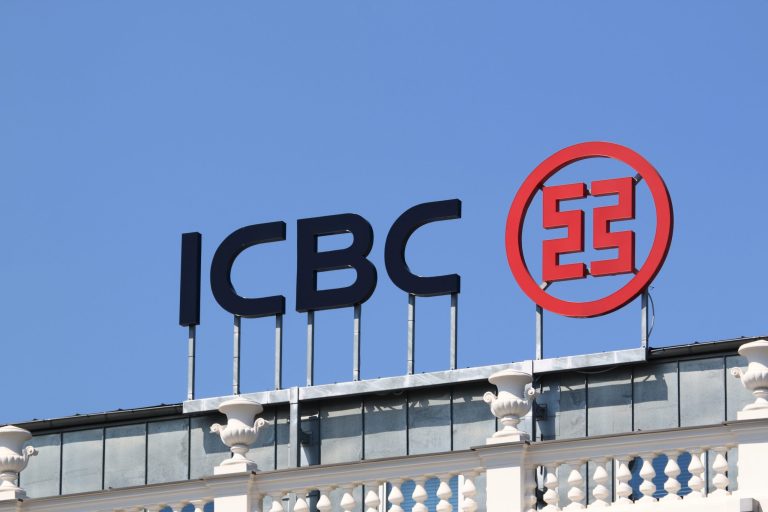Net Worth of Verizon Communications in 2022
About Net worth of Verizon Communications
If you’ve been wondering about the net worth of Verizon Communications, you’ve come to the right place. Net worth of Verizon communication represented by its market capitalization, or the current stock price multiplied by the number of shares outstanding. Verizon net worth as of $216.2B. Net worth of Verizon communication represented by its market capitalization, or the current stock price multiplied by the number of shares outstanding. Verizon net worth as of July 07, 2022 is about $216.2B.In addition to the sale, the company has had a number of other notable transactions in the past few years. Here are a few of them. We’ll take a look at Hans Erik Vest berg’s net worth and more.
Revenue of Verizon in 2001
The third quarter was a good quarter for Verizon Communications, as the company reported consolidated revenue of $3.15 billion, up from $3.17 billion in the third quarter of 2001. Operating revenues were up 10.9% year-over-year, driven by robust growth in domestic long-distance and data revenue. However, the company is facing challenges. This year, competition from rival AT&T and Time Warner Cable will make it difficult for Verizon to stay ahead .Verizon’s business model is divided into three segments: Wireless , Wire line , and Corporate. Each of these generates different revenue streams. The wireless segment provides wireless voice and data services and sells equipment to consumers. The wire line segment provides internet and telecommunications services and security. The company still operates a landline business. However, despite the decline in landline revenue, the company continues to grow and is profitable. The next few quarters will provide a better understanding of the company’s future.
Also Read: The Net Worth of Home Depot 2022
Solid Quarter for Verizon
The fourth quarter of 2008 was another solid quarter for Verizon Communications. Revenues grew 10.2 percent to $20.32 billion, compared to $13.6 billion in the same period last year. The company reported an EBITDA margin of 39 percent in the fourth quarter, which was the same as the third quarter of 2001. Overall sales across all categories grew as a result of strong demand for smartphones and tablets. Verizon’s revenues rose despite a large charge for the company’s voluntary employee reduction program in the second quarter of last year.
Also Read: AT&T Net Worth in 2022
Financial Strength in Different Years
The profitability ratio of Verizon Communications Inc. is the percentage of net income a company makes compared to its total assets. It has improved from 2008 to 2011, when the communication industry was struggling. This year, Verizon posted a stronger ROE and improved its profitability ratio. However, the company’s other performance indicators have been deteriorating. These include the debt-to-equity ratio, liquidity ratio, and leverage ratio. The company’s operating and capital ratios are indicative of its financial strength. For example, in 2012, its total debt to equity ratio was 1.77, which was a very low number. In 2011, the company’s working capital ratio was only $178,000, and it was negative in 2012. This means that Verizon could not use its current assets to meet its current liabilities. In 2013, it was unable to dispose of any major assets.
The company’s fourth-quarter results were also good. The company reported EPS of $1.11 per share, a growth of 8.3 percent compared to the fourth-quarter of last year. The company’s fourth-quarter EPS grew by 7.4 percent year-over-year, following the sale of Verizon Media. In addition, Verizon’s wireless service revenues continued to outperform legacy wire line products.
Solvency Ratio of Verizon Communications
One way to understand a company’s financial health is to examine its solvency ratio. The Solvency Ratio of Verizon Communications is a key measure of the company’s ability to pay off its debt and interest expenses. The higher the Solvency Ratio, the more solvent a company is. Basically, it means that a company has more cash than it owes and is not reliant on debt to cover its expenses. A company with a low Solvency Ratio may have a questionable ability to meet its debt and interest obligations.
In order to calculate the Solvency Ratio, the company must first calculate the total debt a company owes compared to its total assets. This ratio should be lower than 100 percent. This is because the amount of debt a company has compared to its total assets should be lower than the company’s total assets. If the ratio is too high, it can indicate that the company is prone to bankruptcy or is under-capitalized.
Return on equity of Verizon Communications
What is the Return on Equity of Verizon Communications? Return on equity (ROE) is a company’s profit divided by its total share capital over a specified period of time. In other words, Verizon Communications earned $0.26 in profit for every $1 in equity. It is a quick and easy way to determine a company’s quality by comparing it to the average industry return on equity. While some companies have similar ROEs, others are very different from each other in the same classification. The Return on Equity of Verizon Communications is the value a company earns after paying all its expenses and taxes. It is used as a guide to help investors determine whether the company’s returns are attractive or not. However, it is important to remember that the value of its returns depends on the level of complexity of the company’s accounting and financial systems. For example, the ROE of Verizon Communications may be high if it makes use of debt to fund growth.
Another way to estimate the Return on Equity of Verizon Communications is to compare the current value of the company with its historical value. This will help investors determine if the stock is trading at a high discount or is undervalued. In the financial industry, investors also need to take into account the future growth potential of a company. The Return on Equity of Verizon Communications is important to investors because it can provide a basis for making informed decisions about whether to invest in a stock.
Also Read: ASML’s Net Worth
Inside Trading of Verizon Communications
If you’re wondering whether insider trading at Verizon Communications Inc. has taken place, you may be interested to know about the recent purchases and sales of shares of the company. The insider trading disclosure form, or CIK, lists the names of those who have purchased or sold shares of the company since 2005. The filing has the CIK number 732712 and details the total purchases, sales, and option exercises that occurred during that period. The company also reports changes in beneficial ownership of its stock, and insider trading at Verizon Communications Inc.
The biggest change during the third quarter was in the size of insiders’ stakes in Verizon Communications. Geode Capital Management LLC, for example, increased its position by 2.5%, or 170,000 shares. Meanwhile, Zack’s Investment Management increased its stake in the company by 31.2%, or 1,858,570 shares, during the quarter. The WASHINGTON TRUST Co increased its stake in Verizon Communications by 2.2% during the same period.
For More Articles: Visit valid Words









